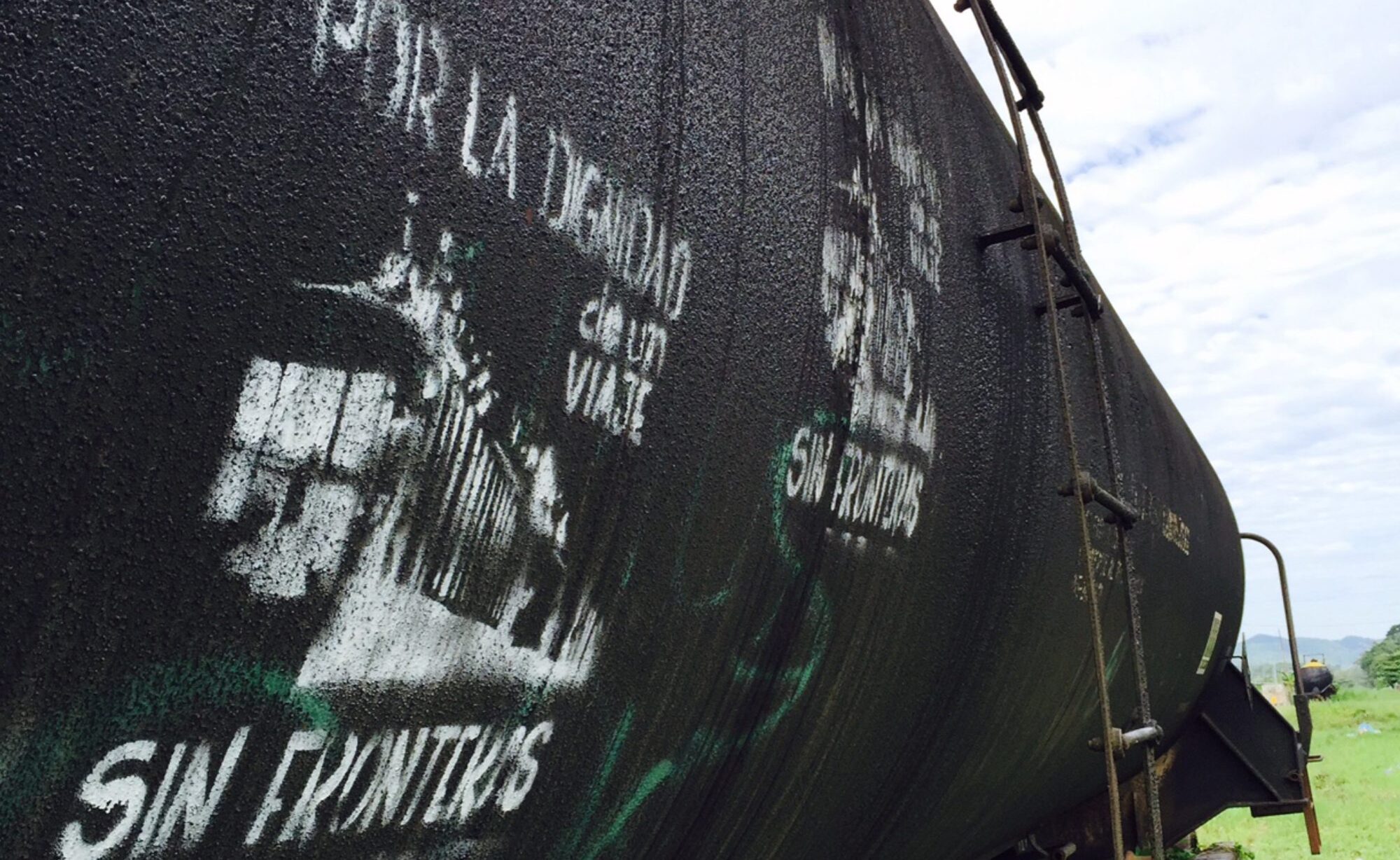One day in 2008, Border Patrol Agent Brendan Lenihan was working alone in southern Arizona when he received a dispatch to investigate a motion sensor that had been triggered nearby. The US borderlands with Mexico hold thousands of hidden sensors, and only Border Patrol knows where they are. Lenihan went up a narrow road into the Las Guijas Mountains, named for the 19th-century Spanish miners who searched for gold there. The closest community to him was Arivaca, Arizona, a small unincorporated town located about eleven miles north of the border.
Its population was concerned about the increasing number of people entering the town in distress or injured, or dying in the surrounding desert. When Homeland Security installed a checkpoint in 2006, people from Arivaca could not leave their community—to go to the grocery store, to go to the doctor, to go to school—on any paved road without going through a Border Patrol blockade. In a few years this imposition would cause a great deal of activism, including protests at the checkpoints themselves, and a petition signed by more than half of Arivaca’s 600 people demanding the blockades’ removal.
Lenihan’s green-striped truck scraped against mesquite branches as he drove up the narrowing trail between large rock faces. As he pushed farther in, he didn’t know what to expect. Sometimes the sensors expose people attempting to cross the border, other times they reveal stray cattle. The trail came to an end by an abandoned mine shaft close to the top of the ridgeline. With nowhere left to drive, Lenihan parked and got out of his car. He paused to survey the sweeping view of the San Luis Mountains, the Altar Valley, and the Buenos Aires Wildlife Refuge, home to fleet-footed pronghorns, pumas, and more than 300 species of birds. To the west was Baboquivari Mountain with its pronounced, vivid peak—the region where I met Juan Carlos. Agent Lenihan told me it was a “beautiful spot,” as if he could have just sat there, staring out onto the borderless landscape, for the rest of his shift. He could see not only hundreds of miles, but millions of years, if you considered the lifetimes of the mountain ranges.
“Seen from space,” wrote retired astronaut Scott Joseph Kelly in 2020, following in the global-consciousness footsteps of his predecessors, “the Earth has no borders.” Among the “side effects of seeing Earth from the perspective of space, at least for me, is feeling more compassion for others.” Kelly’s words seemed to foreshadow what Brendan Lenihan was about to experience, one of the most powerful stories of empathy I’ve ever heard.
Read the rest here as published at Literary Hub.
